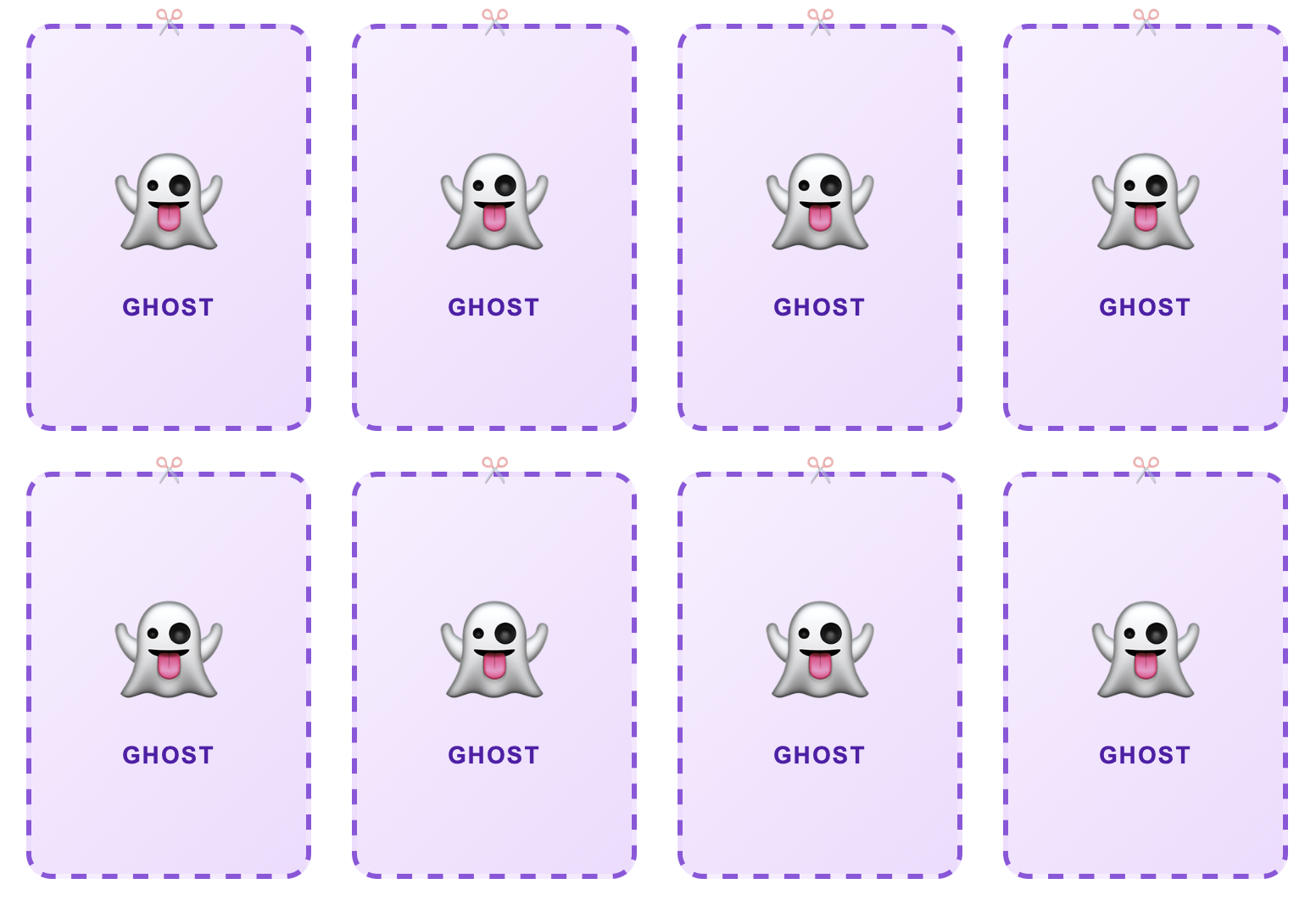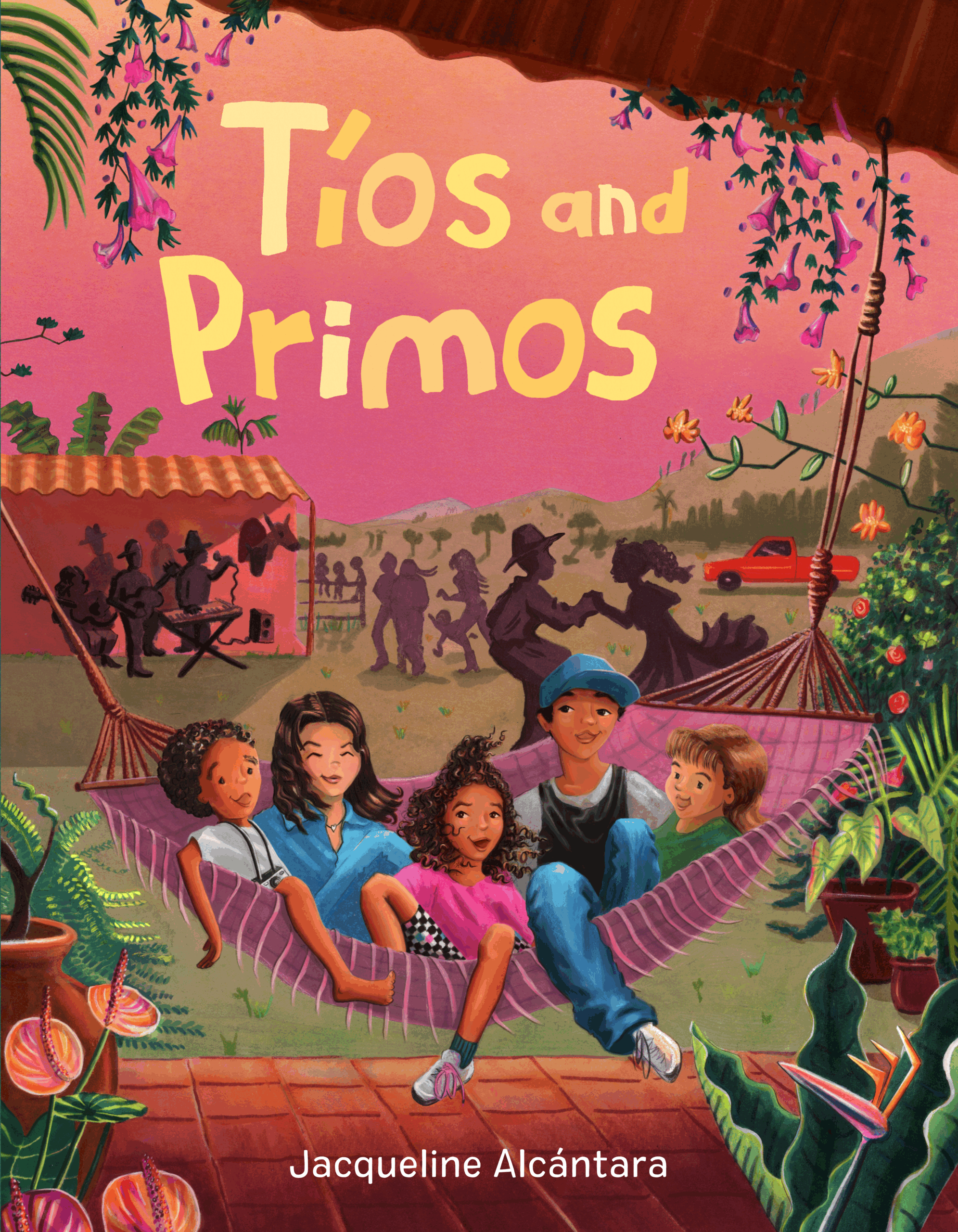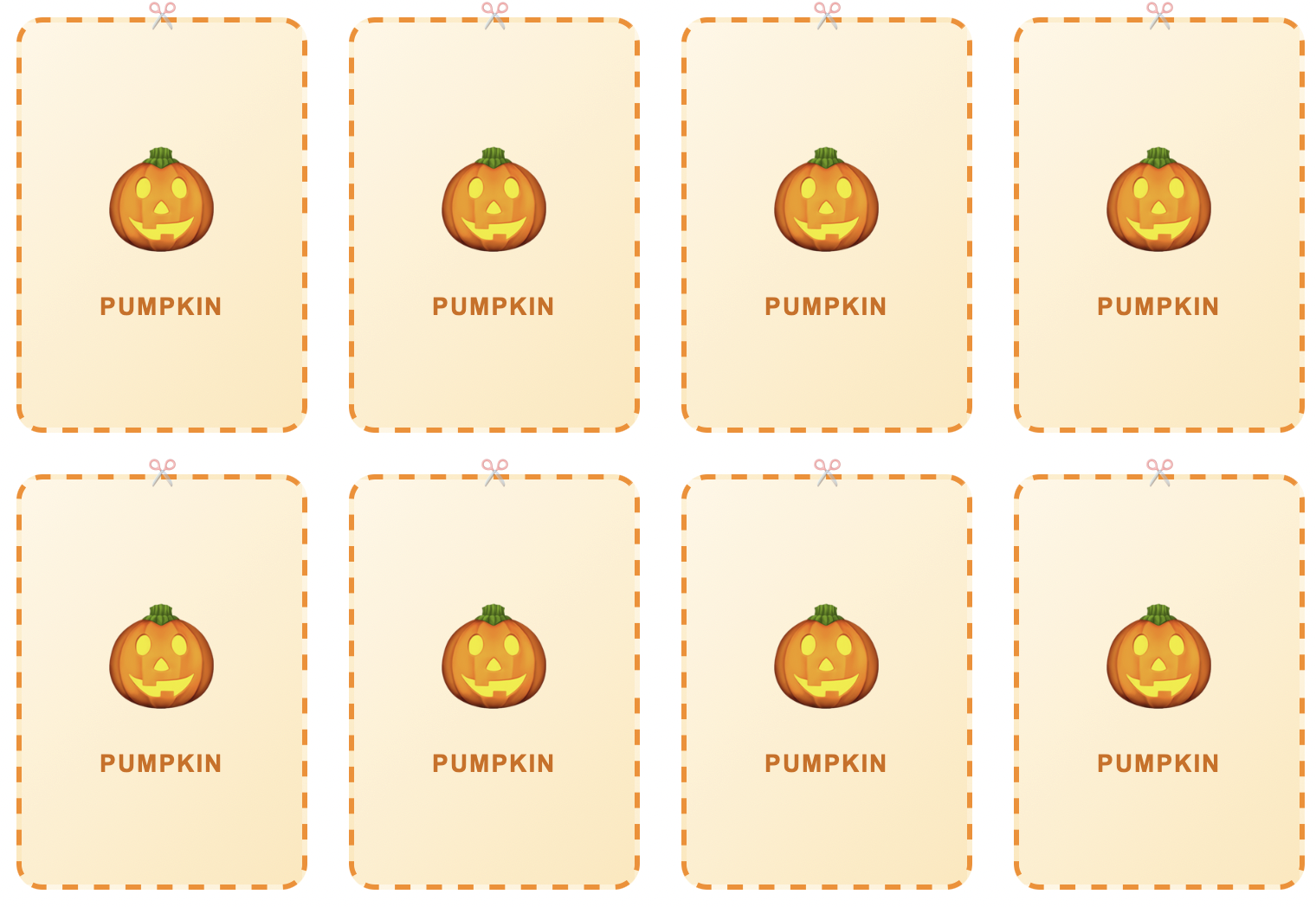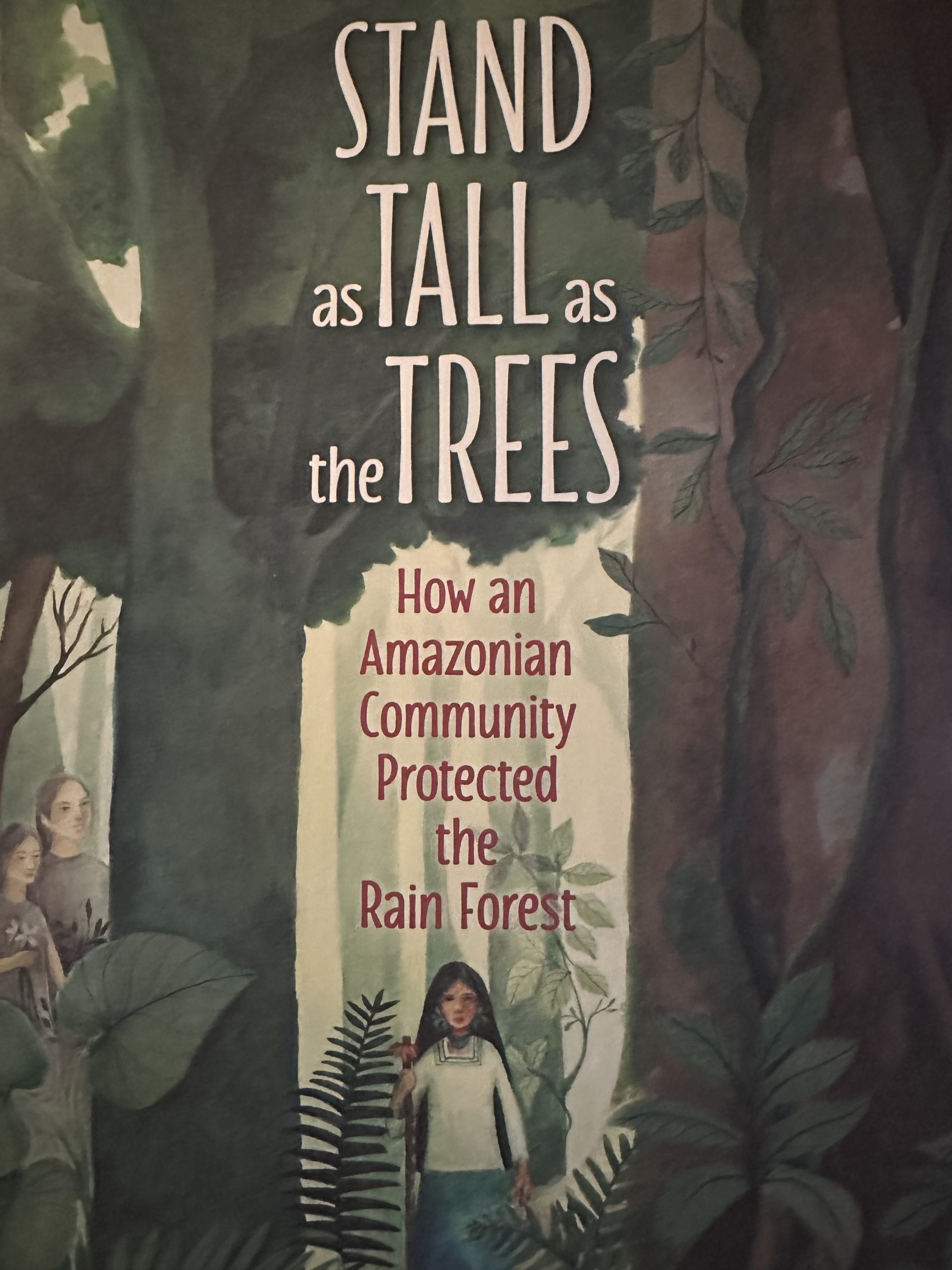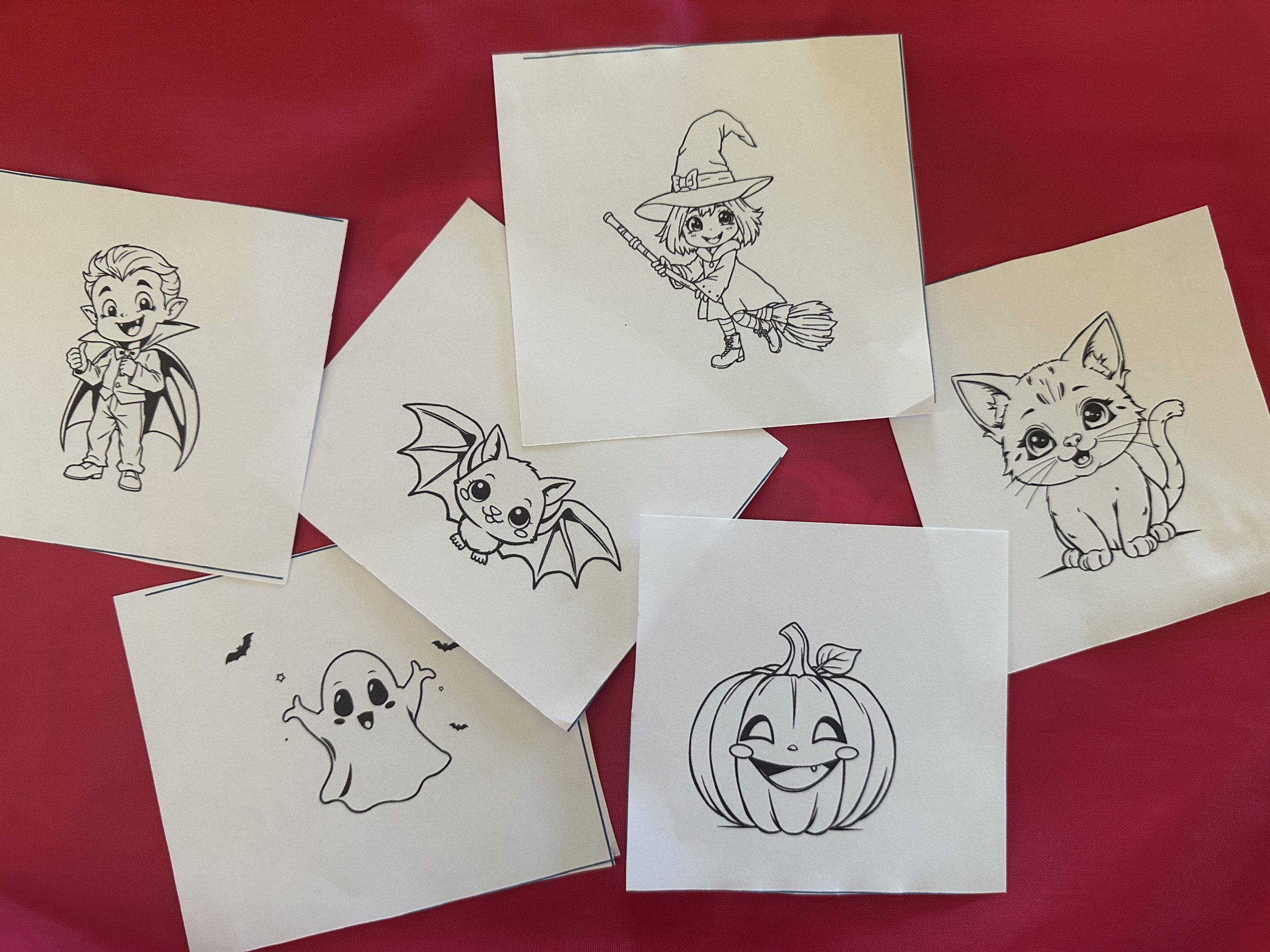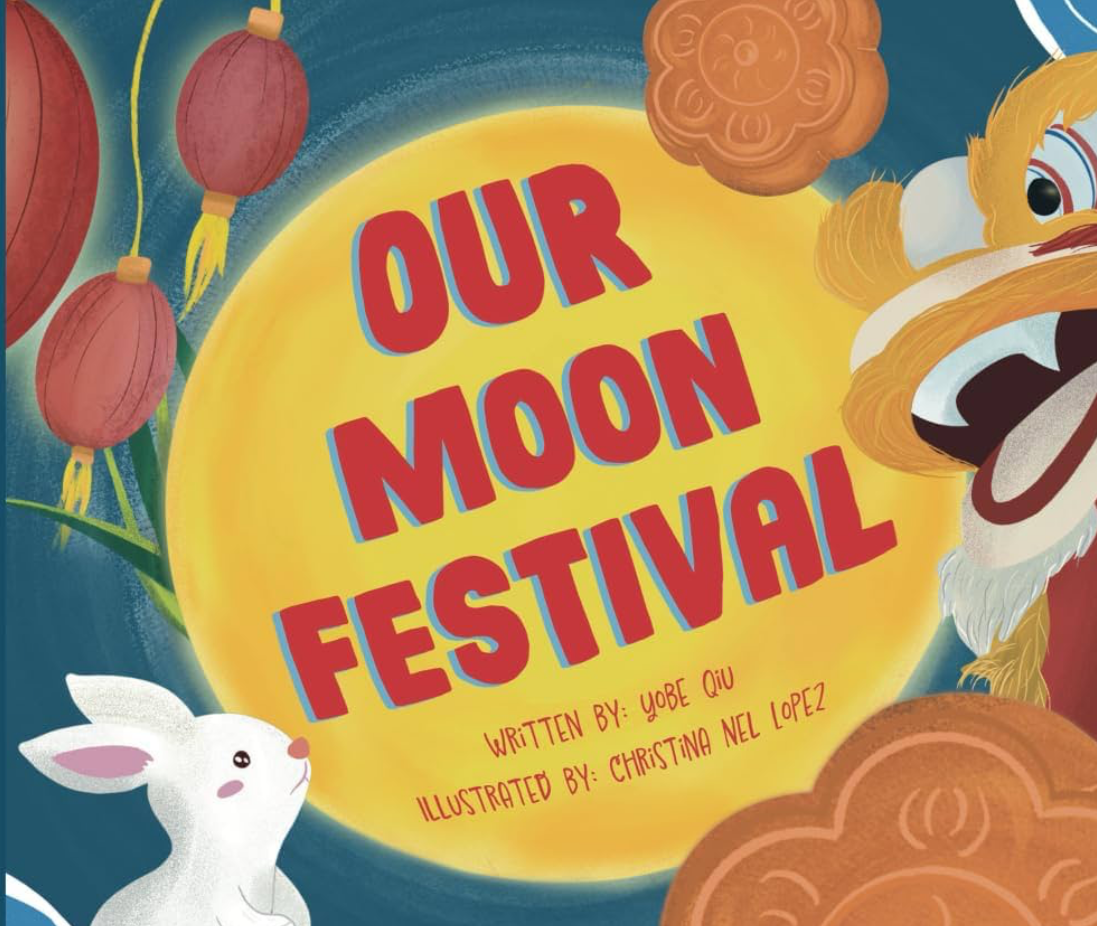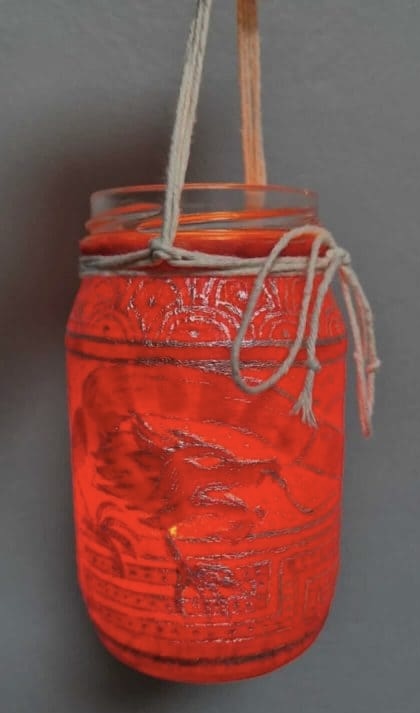
The Harvest Moon Festival is a time for families to gather, share food, and enjoy the beauty of glowing lanterns under the autumn sky. Using everyday materials like jars, tissue paper, and LED lights, children can create their own glowing lanterns while exploring light, shadow, and cultural traditions.
This activity is designed for first through third graders, but can be adapted for other ages, and works beautifully in classrooms or at home. It’s not just about crafting—it’s about learning, experimenting, and appreciating how different cultures celebrate the moon and harvest season.
Follow the step-by-step guide below to build your own glowing lantern and light up your Harvest Moon celebration!
🌕 Glowing Lantern Engineering Challenge 🌕
Harvest Moon Festival Edition
🎯 Learning Objectives
Interactive Lantern Demo
Click the button to see how your lantern will glow!
📚 Standards Alignment
- Next Generation Science K-2-ETS1-1: Ask questions, make observations, gather information about everyday problems
- Next Generation Science 1-PS4-3: Investigate how materials affect light
- Common Core Math 1.MD.A.1: Order objects by length and measure using non-standard units
- Cultural Studies: Understanding global celebrations and artistic traditions
📦 Materials Needed
For Classrooms
- Colored tissue paper or lightweight paper
- Paper lunch bags or construction paper
- Battery-operated tea lights (LED only)
- Tape or glue sticks
- Hole punch
- Yarn or string for hanging
- Scissors
For Families
- Tissue paper, coffee filters, or thin wrapping paper
- Mason jars, paper bags, or plastic containers
- Flashlights or phone flashlight
- Tape
- Hole punch (or adult can pre-punch holes)
- String or ribbon
🔧 Step-by-Step Instructions
Your Progress
Complete each step to track your progress!
Step 1: Lantern Exploration & Planning (15 minutes)
For Educators: Show images of traditional Chinese lanterns during Harvest Moon Festival. Explain how lanterns symbolize bringing light and good fortune to families.
For Families: Explore how different materials let light through differently by holding various papers up to a window or flashlight.
Step 2: Design Phase (10 minutes)
- Choose your lantern base (paper bag, jar, or constructed paper cylinder)
- Select decorating materials that will allow light to pass through
- Plan your decoration pattern – traditional Chinese designs include flowers, dragons, or geometric patterns
Step 3: Construction Phase (30 minutes)
1. Create the structure:
- If using paper bag: Carefully cut decorative shapes (adult help needed)
- If using jar: Wrap with tissue paper and secure with tape
- If making from scratch: Create cylinder and secure with tape
2. Add decorative elements:
- Layer different colored tissue papers for glowing effects
- Create patterns with tape (tape will block light, creating shadow designs)
- Add cut-out shapes that let extra light through
3. Prepare for hanging:
- Punch holes near the top
- Thread string or yarn through holes
- Test that lantern hangs evenly
Step 4: Testing & Improvement (15 minutes)
- Place LED light inside lantern (adult supervision required)
- Turn off classroom/room lights and observe
- Discuss: “What do you notice about the light?” “Which materials work best?”
- Make improvements to design based on observations
Step 5: Celebration Display (10 minutes)
Hang completed lanterns and enjoy the “lantern festival” atmosphere while discussing how families in China gather under lantern displays during the Harvest Moon Festival.
👩🏫 For Educators
📊 Assessment
Observe students’ use of engineering design process vocabulary
🏫 Classroom Management
Set up stations for different construction steps to manage flow and materials efficiently
📐 Extension Ideas
Create math problems using lantern measurements and patterns. Have students calculate perimeter, compare heights, or work with measurement conversions.
🌏 Cultural Connection
Invite community members to share lantern-making traditions. Consider partnering with local cultural organizations for authentic perspectives.
👨👩👧 For Families
⚠️ Safety Reminder
Adults handle all cutting and light sources. Keep LED lights away from very young children who might put small objects in their mouths.
💬 Learning Conversations
- “What happens to light when it goes through different materials?”
- “How do you think families feel when they celebrate together with lanterns?”
- “What other celebrations do we know that use lights or candles?”
🧩 Problem-Solving Support
Encourage multiple attempts – “Engineers always test and improve their designs!” Celebrate mistakes as learning opportunities.
🌍 Cultural Appreciation
“People around the world create beautiful things to celebrate what’s important to them.” Use this as an opportunity to discuss your own family traditions too!
🌟 Extensions & Variations
🔬 Science Extension
Experiment with different light sources and compare brightness. Graph the results and discuss which materials are most translucent.
📏 Math Extension
Measure circumference and height of different lantern designs. Compare ratios and create a class data chart.
🎨 Art Extension
Research and recreate traditional Chinese lantern symbols and their meanings. Create a “symbol guide” for your classroom.
🤝 Community Connection
Plan a classroom or family “lantern walk” in the evening (with proper supervision). Invite families to share their cultural traditions.
🌕 Happy Harvest Moon Festival! 🏮
May your lanterns glow brightly and bring joy to all!
We’d love to see your completed lanterns! Send us snapshots to info@thence.us to be featured on our socials or tag us on Linkedin or Instagram!

